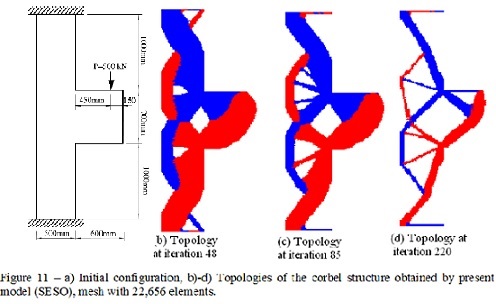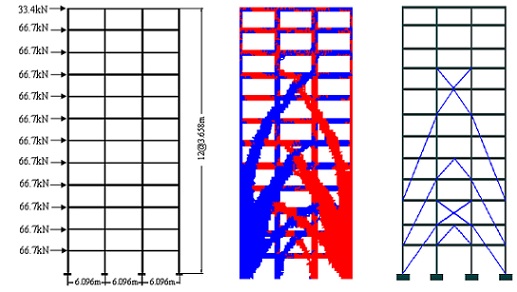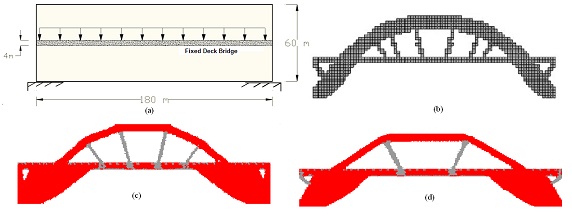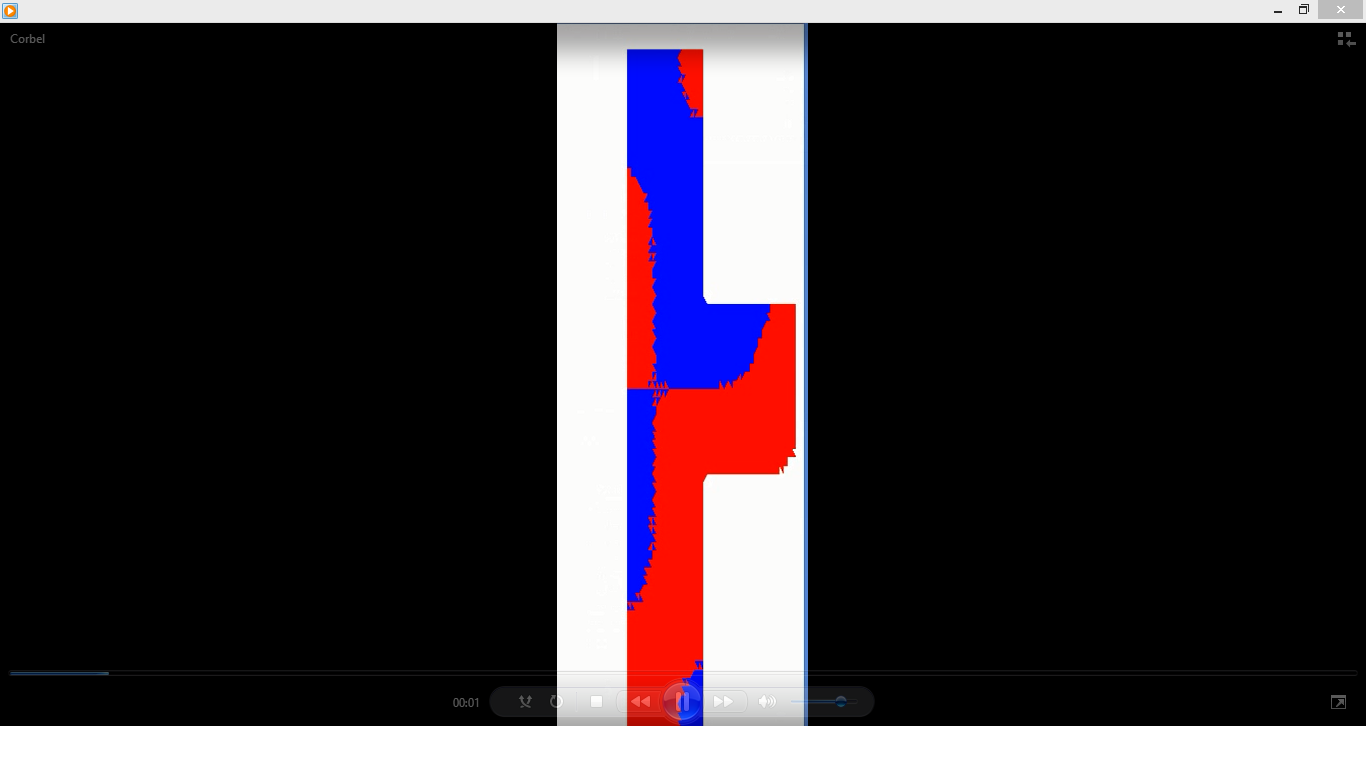
Strut and Tie - Deep Beam
With growing worldwide competition demanding lower costs, the application of topological optimization has become a profit-oriented research tool for industry, especially the steel industry, because it facilitates material molding. This application has the computational ability to solve large problems using low-costing microprocessors, therefore creating an immense opening for research in applied mechanics.
Strut and Tie - Deep Corbel
Strut-and-tie models are used to idealize the load transfer mechanism in a cracked structural concrete member at the ultimate limit states. The design task is mainly to identify the load transfer mechanism in a structural concrete member and reinforce the member such that this load path will safely transfer the applied loads to the supports. Obviously, some regions of a structural concrete member are not as effective in carrying loads as others. By eliminating these underutilized portions from a structural concrete member, the actual load transfer mechanism in the cracked concrete member can be found. The SESO technique has the ability to identify the underutilized portions of a structure and remove them from the structure, to improve its performance Strut-and- tie models are used to idealize the load transfer mechanism in a cracked structural concrete member at the ultimate limit states. The design task is mainly to identify the load transfer mechanism in a structural concrete member and reinforce the member such that this load path will safely transfer the applied loads to the supports.
More info
- Altair University
- Topology in Wikipedia
- NetLib Repository
- Math Optimization
- My Lecture in Topological Optimization
- My Paper: Gradient Method with Preconditioner
- My Paper: Parallel Processing

Strut and Tie - Building
In structural engineering, most concrete linear elements are designed by a simplified theory, using Bernoulli’s hypothesis. For a real physical analysis of the behavior of these bending elements, the strut-and-tie model, a generalization of the classical analogy of the truss beam model, is usually employed. This analogy is shown by Ritter and Morsch at the beginning of the twentieth century, associated with a reinforced concrete beam in an equivalent truss structure. The discrete elements (bars) represent the fields of tensile stress (rods) and compression (compressed struts) that emerge inside the structural element in bending effect. This analogy has been improved and is still used by the technical standards in the design of reinforced concrete beams in flexural and shear force and laying down various criteria for determining safe limits in its procedures.

Apple Problem: Self-Weight
However, the application of this hypothesis for any structural element can lead to over or under sizing of certain parts of the structure. This hypothesis is valid for parts of the frame in which there is no interference from hard regions, such as sections near the columns, the cavities or other areas where the influence of strain due to shear is not negligible.
Deck Bridge Optimization
However, there are structural elements or regions where Bernoulli’s assumptions do not adequately represent the bending structural behavior and the stress distribution. Structural elements such as beams, walls, footings and foundation blocks, and special areas such as beam-column connection, openings in beams and geometric discontinuities, are examples. These regions, denominated “discontinuity regions D”, are limited to distances of the dimension order of structural adjacent elements (Saint Vernant’s Principle), in which shear stresses are applicable and the distribution of deformations in the cross section is not linear.




